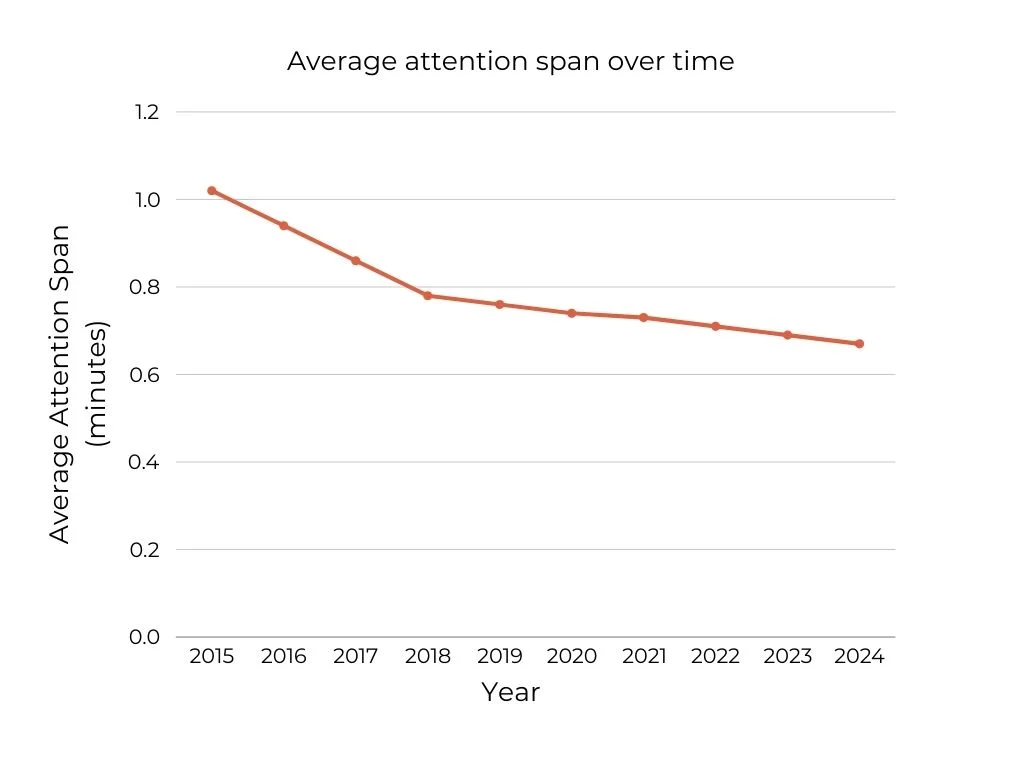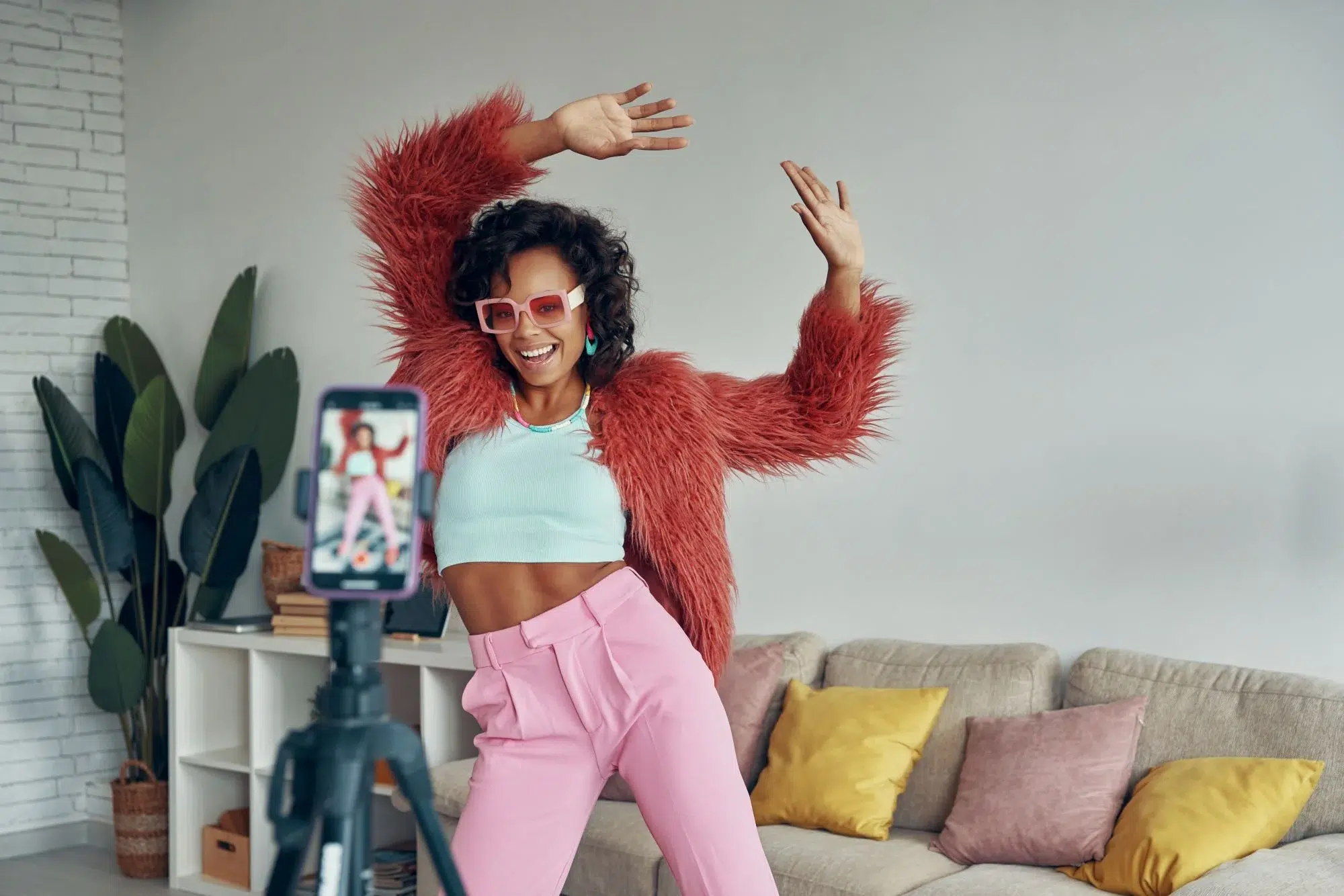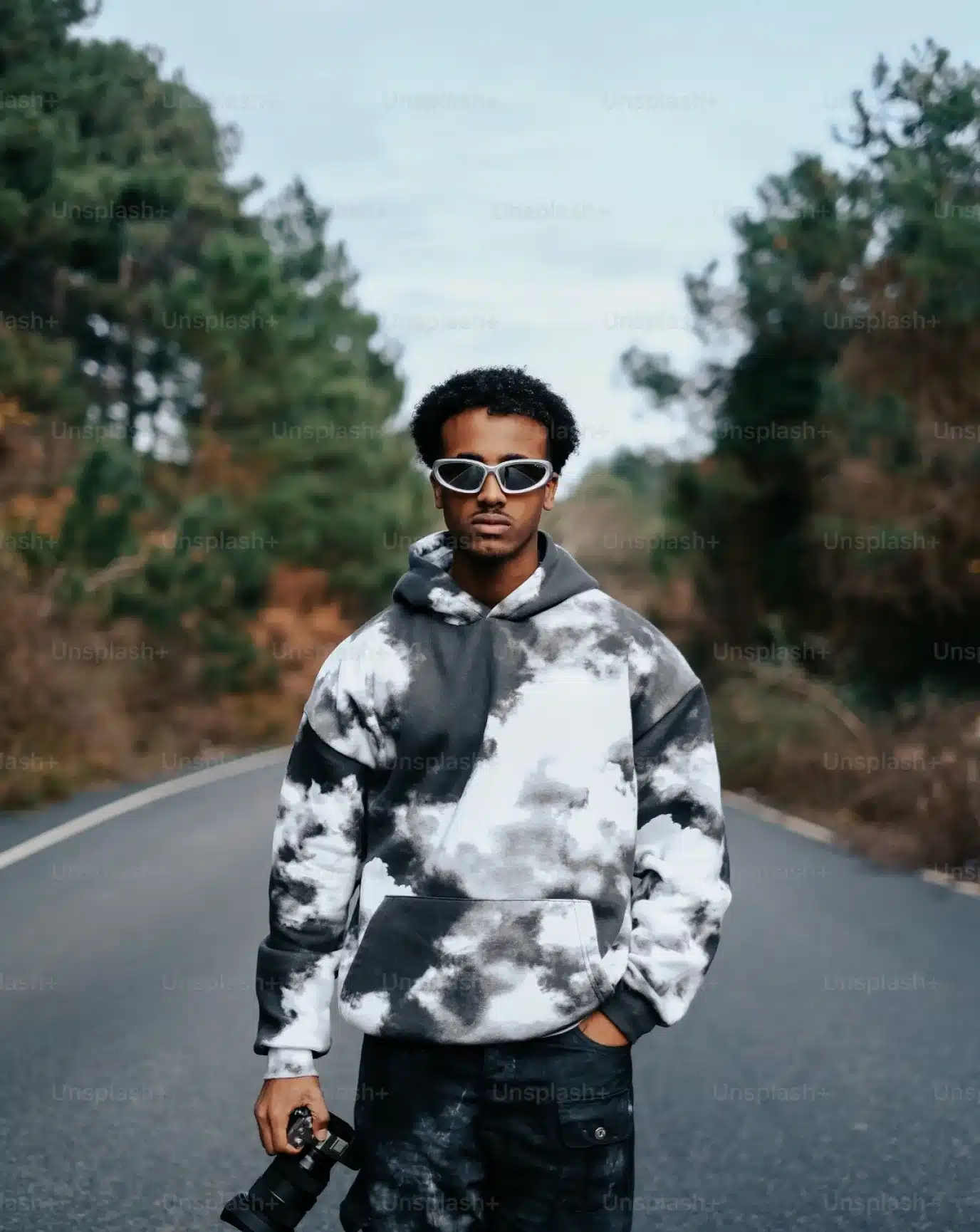- how to
- marketing
The rise of TikTok has transformed how people consume digital content. As digital content consumption evolves, brands must rethink traditional approaches to storytelling, ensuring they remain relevant. With its engaging and highly visual format, the platform has conditioned users to expect instant gratification when scrolling. As the market shifts, traditional marketing strategies are evolving. Storytelling thrives through viral social media campaigns, ad spots are optimized for quick engagement online, and blogs are finding new life on newer platforms like Reddit.

For marketing agencies, this shift presents both challenges and opportunities. While shortened attention spans make it harder to hold audience engagement, the popularity of TikTok-styled content offers a new way to connect with consumers that is fast, efficient, and potentially memorable. Agencies that adapt to this new era of content consumption can help brands boost engagement and gain new followers.
This article explores how TikTok has reshaped digital attention spans and outlines how marketing agencies can leverage short-form video strategies to help clients thrive.
TikTok’s Impact on Attention Spans

Attention spans have been declining for years, but TikTok has accelerated the shift. A 2015 Microsoft study found that the average human attention span had dropped to eight seconds, down from 12 seconds in 2000, largely due to digital overstimulation. While some researchers debate the accuracy of these findings, the rise of short-form digital content suggests that people are processing information faster and expecting instant engagement. This shift underscores the need for brands to refine their messaging, making every second count in an era of content overload.
TikTok, with its looping video format, endless scroll feature, and algorithm-driven content, has further conditioned users to expect a few things. The first is immediate engagement, if a video isn’t interesting within two to three seconds, it will get skipped. Second is quick, digestible content, as most TikTok videos are under thirty seconds. Lastly, highly visual storytelling, meaning videos with text overlays, captions, and on-screen prompts perform much better. An endlessly engaging feed that keeps users hooked while reinforcing their preference for fast-paced content is hard to keep up with.

The platform’s influence extends beyond its own user base. Competitors like YouTube, LinkedIn, and Instagram have introduced their own short-form video features, YouTube Shorts and Instagram Reels, to capitalize on this trend. This industry-wide shift underscores the growing dominance of short-form content in capturing and retaining audience attention, and the necessity for brands to produce content that instantly grabs attention. The ability to deliver concise, compelling messages is no longer a competitive advantage, it is a requirement for maintaining relevance in the digital space.
A key reason behind TikTok’s effectiveness is its algorithm, which rapidly learns user preferences and curates personalized content feeds. This creates a highly engaging user experience that other platforms are now striving to replicate.
Businesses can leverage the short-form video trend to maintain visibility and engagement. Brands that incorporate these types of engaging videos into their marketing strategies see increased audience retention and brand recall. As traditional content struggles to hold user interest, companies must pivot to strategies that prioritize efficiency without sacrificing impact.
Strategies for Marketing Agencies
As attention spans get smaller, marketing agencies must adapt by embracing strategies that align with the preferences of modern consumers. Here are some of the key approaches to consider:

With TikTok leading this transformation, agencies need to develop platform-specific content strategies that align with the unique features and audiences of platforms like TikTok, YouTube Shorts, and Instagram Reels. While TikTok thrives on trend-driven, spontaneous content, Instagram Reels often favors more polished storytelling. Agencies must tailor their content accordingly, ensuring that their messaging resonates with the audience while remaining true to each platform’s culture.
Developing platform-specific content by tailoring content to fit the unique styles and audiences of platforms can be beneficial. Moreover, prioritizing visual storytelling may be an actionable step. Utilize compelling visuals and concise messaging to convey the brand’s narrative quickly.

Another critical shift is the integration of artificial intelligence (AI) and data-driven personalization in social media marketing (SMM). AI-powered marketing tools enable brands to analyze user data and create more personalized content. By leveraging AI, agencies can identify patterns in user engagement, optimize posting times, and predict trending topics. Social media management (SMM) platforms like Sendible and Hootsuite streamline this process by allowing marketers to schedule posts, monitor engagement, and adjust strategies in real time. Marketing plays a crucial role in shaping brand perception and guiding potential customers through sales, making it essential for agencies to align their short-form content strategies with broader business objectives. Personalization enhances the relevance of content, increasing the likelihood of user interaction and engagement. AI can also assist in automating content creation, making it easier for brands to produce a steady stream of engaging videos without exhausting resources.

Authenticity and relatability have also become essential in the era of short-form content. Audiences prefer content that feels genuine rather than overly polished. User-generated content is a powerful tool for brands looking to establish credibility and build a sense of community. Encouraging customers to share their experiences with a brand, whether through product reviews, testimonials, or challenges, fosters more organic engagement and also trust. Brands that embrace behind-the-scenes content, employee spotlights, and real-life storytelling create a more personal connection with their audience, making them more memorable and relatable.
The fast-paced nature of TikTok and similar platforms requires marketing agencies to stay agile and adaptable to trends. TikTok trends evolve very rapidly, and what is relevant today may be forgotten within weeks. To remain competitive, agencies must continuously monitor trending hashtags, challenges, and sounds. Participating in trends allows brands to reach wider audiences while demonstrating cultural awareness. However, jumping on trends needs to be done strategically. Content should still align with the brand’s identity and messaging to maintain authenticity. Developing a flexible content strategy ensures that brands can react to emerging trends while maintaining a consistent brand voice.
Conclusion
TikTok’s influence on attention spans is undeniable, and the shift toward short-form video content presents both challenges and opportunities for marketing agencies. To thrive in this evolving digital landscape, agencies must embrace video strategies, leverage AI-driven personalization, foster authenticity, and stay adaptable to trends. The ability to capture and retain audience attention quickly is really important. Brands that master short-form content and align with the fast-paced nature of digital consumption will have such a distinct advantage. Ultimately, those who embrace innovation and adapt to changing consumer behaviors will set themselves apart in an increasingly competitive digital environment.






